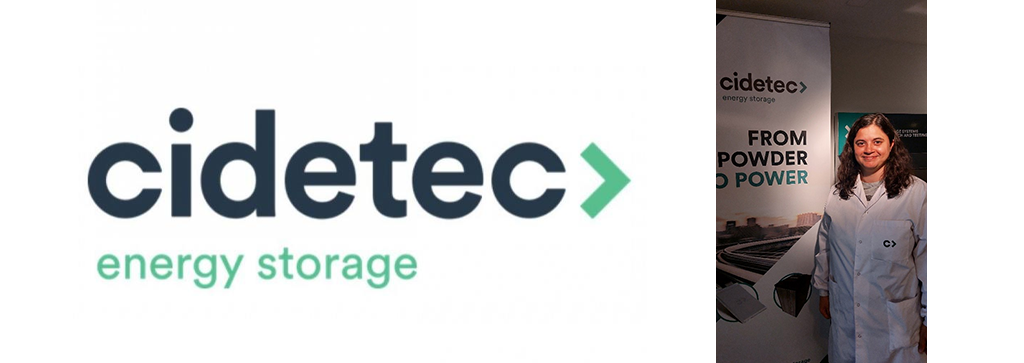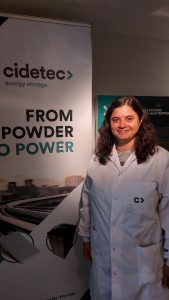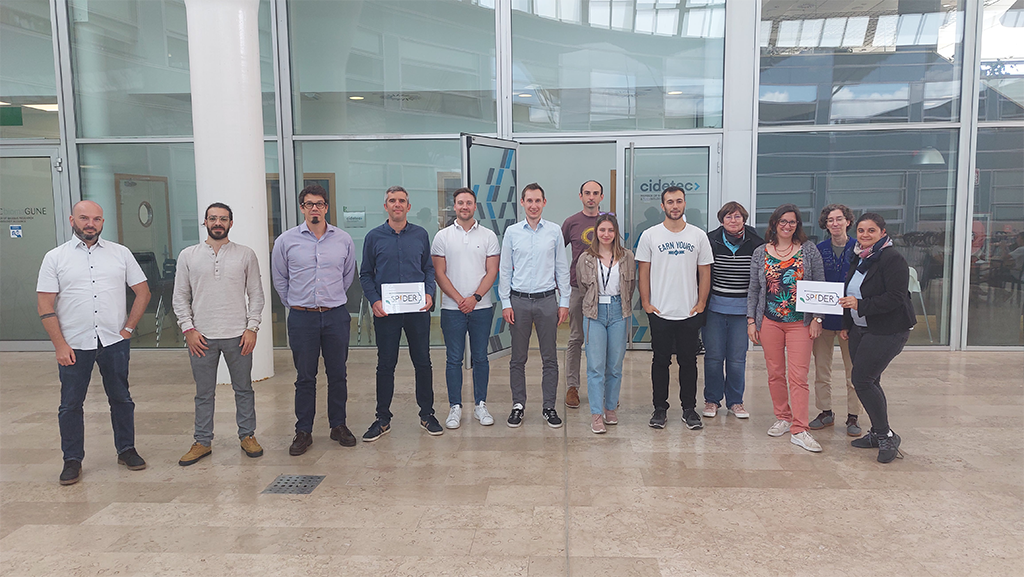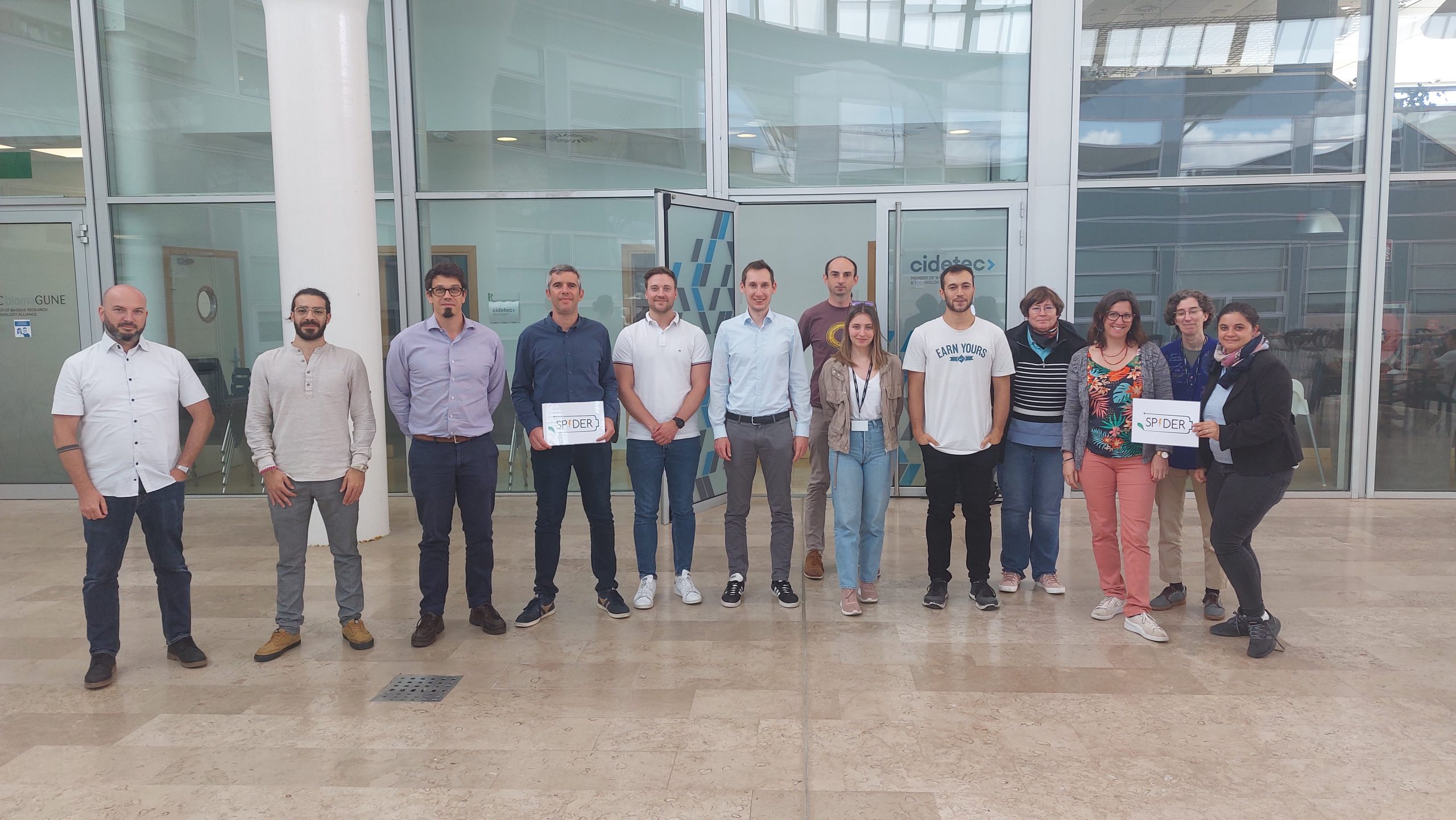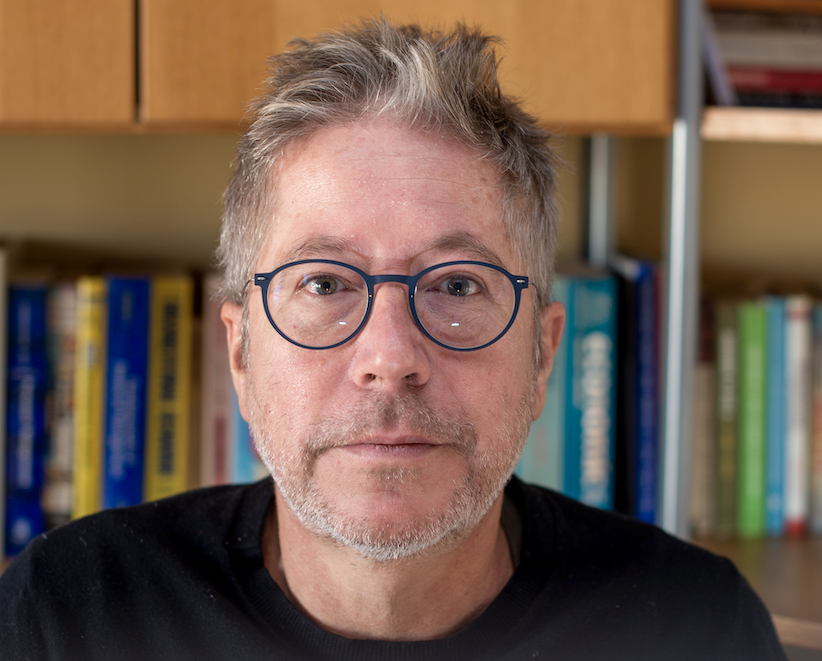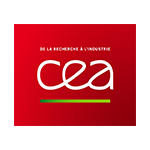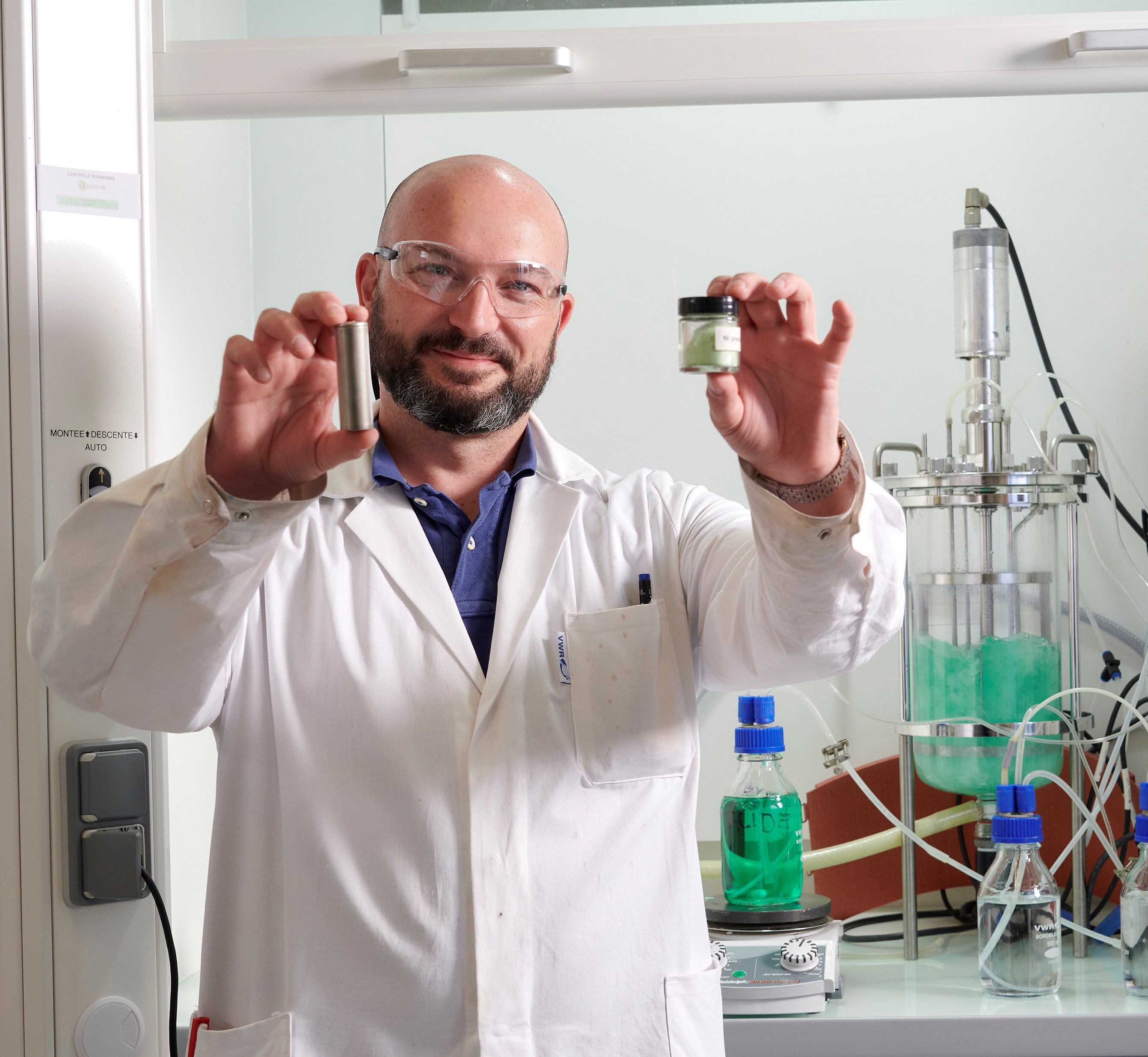Presentation of NTNU
WP leader:
The WP is led by Anders Hammer Strømman with support from Lorenzo Usai. Anders is a Professor with the Industrial Ecology Programme at NTNU. He has worked on life cycle assessment of energy and transport technologies and systems for more than 20yr. While he has worked across many sectors and environmental issues, batteries and electric vehicles have been central in his portfolio for around 15 yrs. Lorenzo Usai currently has the lead on Life Cycle Assessment of batteries in the group and is the leading researcher on the Spider project. Both also contributed to the latest report on mitigation from the intergovernmental panel on climate change.

Short interview:
– Why have you chosen to get involved as WP7 leader?
First of all it is a team with very skilled but also very nice people. That is important to us. As for the motivation, from a professional perspective, it is very straight forward. We sincerely believe that for a new battery chemistry to be successful, we need to work on both environmental, cost and recyclability aspects and provide insights from that back into the work on developing the technology. That is, it is not sufficient that the technology works from a technological perspective, it also needs to be sustainable in terms of environmental aspects including recycling and competitive in terms of costs.
-What do you take out from this WP?
Working on a project that is developing a new battery chemistry is always very gratifying and challenging. However, thus far the WP work has been very interesting, and we gained many new insights on the current and future potential impacts on the market and on the environment of new battery technologies. So far, we have learnt that while the newly developed technology may have higher manufacturing costs and impacts, its higher performance and longer cycle life can provide across the whole life cycle better economic and environmental performance compared to the current state-of-the-art.
– What are your expectations from the SPIDER project?
From the SPIDER project we expect to get a better understanding of the potential impacts and costs of the battery cells that have been developed in the past three years by our project partners. To do so, we are currently working on a joint model that is able to increase the robustness and the insights we can get from environmental and cost assessments. Furthermore, we aim at increasing our knowledge on potential recycling routes and on the market solutions, such as 2nd life applications, for novel battery chemistries.
NTNU’s Lab
NTNU Industrial Ecology is an interdisciplinary research programme specialized in environmental sustainability analysis with a mission is to provide high quality research and education in the field of industrial ecology for supporting the global community in realizing the Sustainable Development Goals.
The Industrial Ecology Programme is a well-established interdisciplinary research group in the field of environmental sustainability analysis, with publications featured in top-ranked journals, direct contributions to assessment reports from the IPCC and the International Resource Panel. IndEcol is involved in European and national research projects, and is currently leading or participating in several large-scale projects and initiatives, including ERC Grants, National Centers for Research-based Innovation and for Environment-friendly Energy Research. The programme was initiated in 1994 and covers several research disciplines and a comprehensive educational curriculum for master and PhD students. We established the world’s first PhD programme in Industrial Ecology in 2003, and set up the international Master of Science in Industrial Ecology the following year. Currently we also hosts the European editorial office of the Journal of Industrial Ecology. Currently we have 7 full professors and a handful of adjunct professors. The total number of scientific staff is around 60.
Any other info you would like to share
Currently, the NTNU team besides Anders and Lorenzo is made by 2 more PhD students, one PostDoc and one Research Assistant. Sina Orangi and Nelson Manjong are the PhD students working on the modelling of a process-based battery production model and on the criticality and impacts of key battery raw materials value chains, respectively. Daniel Clos is a PostDoc fellow, with a PhD in material sciences, currently working on the modelling of battery production systems. Iman Dorri just is a research assistant with his expertise on process-based modelling of recycling technologies applied to Life Cycle Assessment. The team will work jointly to develop a flexible python-based life cycle assessment model that will allow the users to specify the cells to be analyzed (e.g. chemistry and format), parameterize key levers along the value chains of key raw materials, and calculate the manufacturing impacts based on a process-based manufacturing model.


